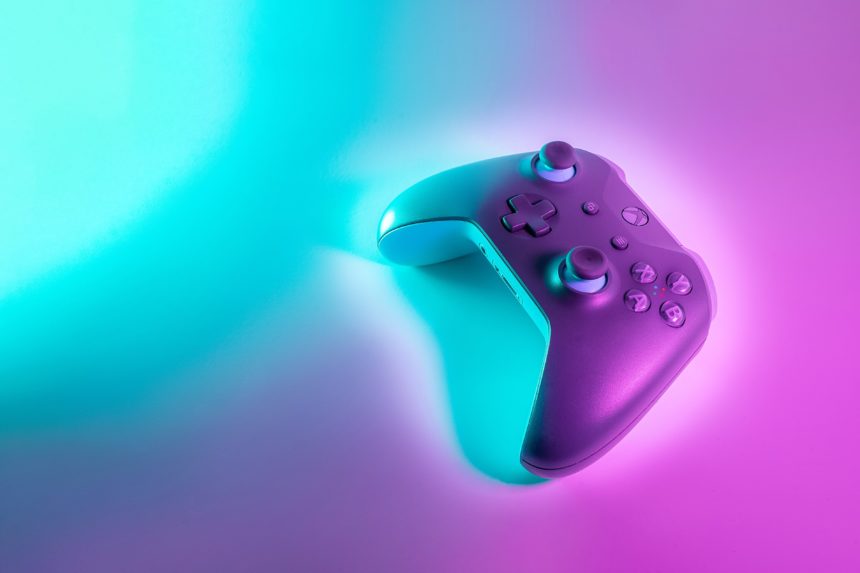As gaming advertising takes center stage, companies across the industry are developing new measurement tools and metrics to increase brands’ confidence in their efforts. While it can be difficult to navigate the current landscape of gaming advertising measurement, improvements are on the way. In February, the Interactive Advertising Bureau assembled a task force of industry stakeholders to develop new measurement standards for the viewability of in-game ads and help brands become more comfortable operating in the space. The new standards are already in the drafting phase and will likely be finalized for public use and MRC certification in June.
In response, companies in the space have already developed new tools and best practices for the measurement of gaming advertising. “We believe measurement is a critical part of activating in gaming to ensure that every dollar is working to drive equity or sales,” said Rob Master, vp of media and marketing for North America at Unilever. “We recognize that measurement in the space is a work in progress, but as gaming continues to scale, we need to see the implementation of rigorous third-party measurement. In March, in-game advertising firm Anzu announced a collaboration with Oracle Moat to provide viewability measurement for in-game ads across its inventory, describing it as “first-to-market.
” To measure the viewability of its in-game ads, which often take the form of billboards or signs within game environments, Anzu uses games’ built-in ray casting features, sending out waves of rays from the player’s point-of-view to determine how long ads remain in sight, the percentage of the ads viewable and other important metrics. “Almost every game has a physics library, and this physics library includes ray tracing,” said Anzu chief product officer Ben Fenster. The announcement turned some heads when Anzu CEO Itamar Benedy told The Drum that the company’s measurement offerings followed “existing IAB and MRC standards,” as the current standards were authored in 2009 and explicitly deprecated in a memo the MRC released last year. Fenster defended the claim by pointing out that Anzu has been heavily involved in the IAB’s task force from the start, meaning its current measurement is based on the upcoming standards, not the current ones.
“In reality, what we do now is even harsher, and when the new standards come out, they will actually be a bit more linear in specific places. Since it’s impossible for viewability measurement to be MRC-certified until the release of the new standards, some companies are focusing their energies on developing new metrics to strengthen brands’ confidence in their in-game advertisements. Frameplay’s measurement also takes advantage of built-in game physics to glean its viewability data. Frameplay is also involved in the IAB and MRC’s efforts to develop new viewability standards for in-game ads, which it hopes to support, not supplant, with the Time-in-View metric.
The IAB is not solely focused on measurement in in-game advertising. To address this need, Vindex is collaborating with the IAB to launch the Vindex Intelligence Platform , which leverages the esports infrastructure firm’s access to major esports ecosystems and data collection capabilities to accurately determine the value and performance of ads throughout the gaming and esports industries. But Sepso hopes that by increasing the transparency of gaming advertising performance measurement, the VIP will keep advertisers coming back as the role of gaming advertising continues to evolve. “If I’m a studio head, why should I care about esports? Or why do I care about how many people are streaming my game?” Sepso said.
Original article published by Alexander Lee on Digiday April 28, 2022 « Why companies are developing new tools and metrics to measure gaming advertising »


Leave a Reply